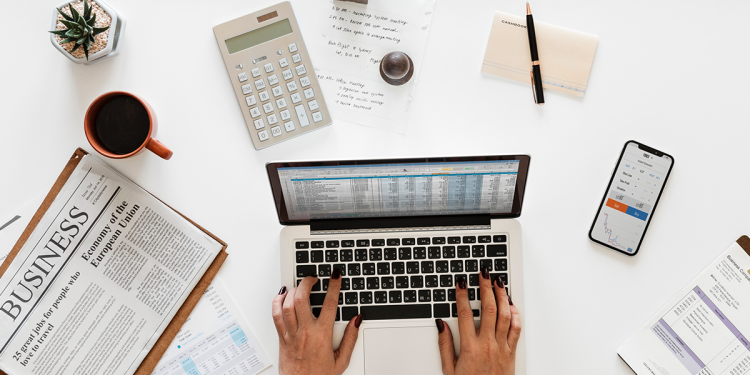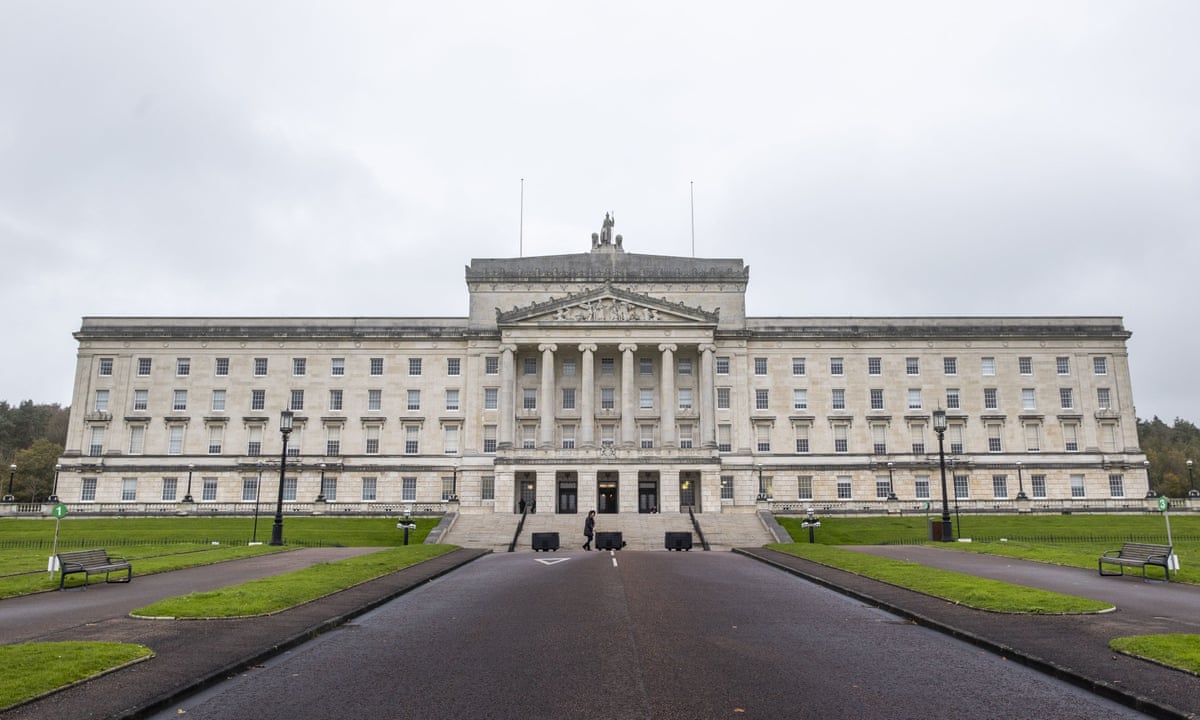The Essential Guide to Business Cards: Crafting Your Professional Identity
Business cards, a classic tool of professional networking, play a crucial role in establishing and reinforcing your personal or company brand. In an era dominated by digital communication, the tactile nature of a business card still offers significant advantages. This article delves into the importance of business cards, provides insights into designing an effective card, and explores how to maximize their impact in a professional setting.
Why Business Cards Matter
Business cards hold enduring significance in professional environments despite the prevalence of digital tools. They offer a tangible connection that digital methods cannot always replicate. A well-designed business card makes a strong first impression and enhances your professional image. Unlike ephemeral digital contacts, a physical card serves as a lasting reminder of your interaction, increasing the chances of follow-up. Additionally, business cards streamline the process of exchanging contact information, making networking more efficient.
Designing an Effective Business Card
When crafting a business card, it is essential to consider several design elements to ensure it effectively represents your brand and facilitates easy networking.
Design and Aesthetics
The design of your business card should reflect your brand’s identity. Consistency in colors, fonts, and logos is crucial to maintaining brand recognition. A clean, uncluttered design is preferable, as it helps the recipient focus on the essential information without being overwhelmed by excessive details. The choice of materials also matters; high-quality paper and print finishes convey professionalism and attention to detail.
Essential Information
Your business card should clearly present key contact details, including your name, job title, company name, phone number, email address, and website. Ensuring that this information is accurate and current is vital for maintaining effective communication. Including social media handles can also be beneficial if they are relevant to your professional interactions, providing additional ways for recipients to connect with you. A well-placed call to action, such as an invitation to visit your website or attend an upcoming event, can further enhance the card’s utility.
Leveraging Business Cards for Networking
To maximize the impact of your business card, consider the following strategies:
Effective Distribution
Distribute your business card during professional events, meetings, and networking opportunities. Ensure you present the card in a manner that highlights its quality and design, reinforcing the professional impression you wish to convey.
Follow-Up Integration
Incorporate the information from your business card into your follow-up communications. Reference your card in emails or other correspondence to strengthen the connection and provide context for your interaction starsinstereomusic.com/.
Digital Integration
While physical business cards are valuable, complement them with digital tools. Include a QR code on your card that links to your online portfolio, LinkedIn profile, or company website. This integration offers a seamless bridge between physical and digital networking.
Conclusion
Business cards continue to be a powerful tool for establishing and maintaining professional connections. By focusing on thoughtful design, including essential information, and leveraging strategic distribution, you can enhance your networking efforts and leave a memorable impression. In a world where digital interactions are common, a well-crafted business card remains a valuable asset in presenting your professional identity and fostering meaningful relationships.


:max_bytes(150000):strip_icc()/Web_1500-SEA-acaia-pearl-brewtest-jesse-raub-01-9f29733a3dba42a8a6d013170cf94181.jpg)







